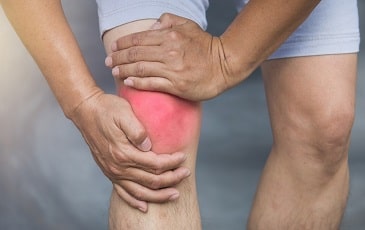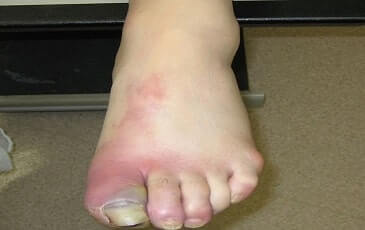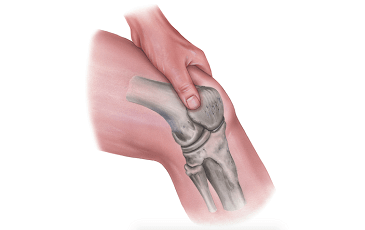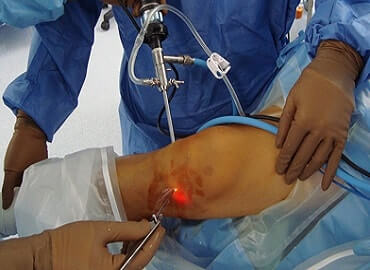Best Orthopedic Doctor in Secunderabad
Septic arthritis
Septic arthritis is an infection in the joint fluid (synovial) and joint tissues. This occurs more often in children than compared with adults. This infection usually reaches the joints through the bloodstream. In certain cases, joints get an infection due to injection, surgery, or injury. Septic arthritis is caused due to different types of bacteria, viruses, and fungi. They are staphylococci which are common bacteria that cause skin infections, Haemophilus influenza, Gram-negative bacilli, Streptococci, Gonococci, and Viruses such as HIV that infects the joints of all age groups. The most common type of bacteria is Staphylococcus aureus also known as S. aureus.
The treatment varies upon the severity; hence immediate antibiotics are given to improve the symptoms. Infection-related to fungi is treated with antifungal medicine and for viral infections, no medicine is given.



